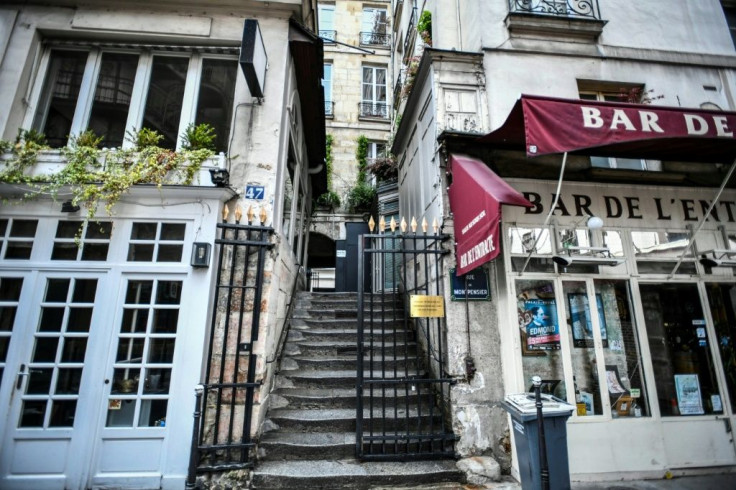Mortgage Delinquency Rates Jump In Q2, With New Jersey, Nevada Hardest Hit

KEY POINTS
- The 60-day delinquency rate increased 138 basis points to 2.15% -- the highest such rate since the survey began in 1979.
- The Federal Housing Administration, or FHA, delinquency rate increased 596 basis points to 15.65% -- the highest rate ever recorded
- Mortgage delinquencies are closely with the availability of jobs in a region
The delinquency rate for mortgage loans on residential properties jumped to 8.22% at the end of the second quarter, up by 386 basis points from the first quarter of 2020.
The Mortgage Bankers Association, or MBA, said on Monday that the delinquency rate was up by 369 basis points from the second quarter of 2019.
MBA also said that, by stage, on a quarter-over-quarter basis, the 60-day delinquency rate increased 138 basis points to 2.15% — the highest such rate since the survey began in 1979; while the 90-day delinquency bucket increased 279 basis points to 3.72% — the highest rate since the third quarter of 2010.
"The COVID-19 pandemic's effects on some homeowners' ability to make their mortgage payments could not be more apparent. The nearly [4%] jump in the [overall] delinquency rate was the biggest quarterly rise in the history of MBA's survey," said Marina Walsh, MBA's vice president of industry analysis. "The second quarter results also mark the highest overall delinquency rate in nine years."
On a brighter note, Walsh noted that 30-day delinquencies dropped by 33 basis points to 2.34%, “which is an indication that the flood of new delinquencies may be dissipating."
By loan type, the total delinquency rate for conventional loans increased 352 basis points to 6.68%, the highest rate since the third quarter of 2012. The Federal Housing Administration, or FHA, delinquency rate increased 596 basis points to 15.65% -- the highest rate since the survey began in 1979. The Veterans Affairs loan delinquency rate increased by 340 basis points to 8.05% over the previous quarter, the highest rate since third quarter of 2009.
MBA also said that the seriously delinquent rate – that is, the percentage of loans that are 90 days or more past due or are in the process of foreclosure -- was at 4.26%, the highest rate since fourth quarter of 2014, and up 259 basis points from the first quarter of 2020.
MBA noted that mortgage delinquencies are closely with the availability of jobs in a region. Consequently, the five states with the largest quarterly increases in delinquency rates -- New Jersey (up 628 basis points), Nevada (600 basis points), New York (575 basis points), Florida (569 basis points), and Hawaii (525 basis points) -- all were hit hard by job cuts in the leisure and hospitality industries.
"The job market has improved over the past three months, with the unemployment rate falling for the third straight month from an April peak of 14.7% to 10.2% in July,” Walsh said. “This bright spot in the jobs picture is tempered by numerous uncertainties, including the ambiguous status of enhanced unemployment benefits and other stimulus measures, the recent surge in new COVID-19 cases, and the retrenchment from reopening in certain states.”
Walsh further warned that there is no way to “sugarcoat” the 32.9% drop in U.S. gross domestic product in the second quarter.
“Certain homeowners, particularly those with FHA loans, will continue to be impacted by this crisis, and delinquencies are likely to stay at elevated levels for the foreseeable future," Walsh added.
However, there are several mitigating factors that make this current increase in mortgage delinquencies different from what occurred during the Great Recession from more than a decade ago.
“These factors include home price gains, several years of home equity accumulation, and the loan deferral and modification options that present alternatives to foreclosure for distressed homeowners," Walsh said.
Bankrate.com noted that FHA loans were issued to borrowers with poor credit and little cash for down payments -- these homeowners are now “especially at risk for losing their properties in an economic downturn. However, the housing market has weathered this recession well. The era of tight lending that emerged after the Great Recession created a population of equity-rich homeowners. And with demand for homes outpacing supply in many parts of the country, many troubled borrowers can sell before they go into foreclosure.”
© Copyright IBTimes 2025. All rights reserved.





















